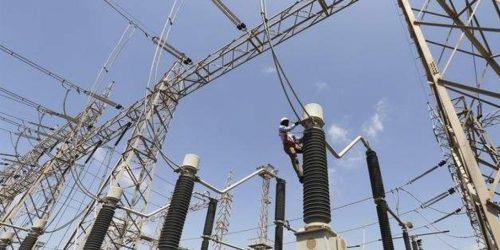Pakistan’s energy sector has been in perpetual crisis, for one reason or another. From massive load shedding to expensive power and from untargeted subsidies to inefficient transmission networks – either or all keep making a comeback, from time to time. It is 2020 and the problems remain decade old – and getting worse in a few cases.
Inaction has caused more damage to the power sector than most actions. And the current government is equally guilty on that account, just as its predecessors. Inaction has not really solved many problems in the world, and it won’t for the country’s power sector either. The current state of affairs demands some decisions – few in a staged manner, and other simultaneous.
It is no secret that the power tariffs have been frozen since last October, when the tariff adjustment on account of capacity payment was made, that led to an average 12-15 percent increase in electricity tariffs. Back then, the arrangement with the IMF demanded automatic quarterly tariff adjustments, base year tariff revision, amendment in Nepra Act to allow the government to impose additional surcharges on power tariffs, amongst other things.
Rest assured, none of that has happened. Needless to say, the arrears stock and the unadjusted tariffs have both risen to historic highs. There is over Rs162 billion on account of two quarterly tariff adjustments that still needs passing on. The adjustment for fourth quarter of FY20 is also around the corner, to further inflate the unadjusted tariff. This is barely covered by the amount of subsidy allocated for FY21 at Rs160 billion – less than FY20. For sure, any tariff not passed on would mean more pressure on subsidies and unfunded subsidies would rise again.
For starters, taking a principled stance would help. Laying a clear roadmap on account of tariff adjustments would be great. The inflation pressure that had led to the freezing of tariffs has clearly subsided. It would be a smart move to reintroduce the monthly fuel price adjustments, in times of lower fuel prices, and spread it over the next six months – to negate the inflationary impact.
The bigger component is the unadjusted quarterly adjustments. Now that is a bitter pill, and will remain bitter, whether taken today or tomorrow. No power tariff increase will ever taste sweet. But in terms of inflationary impact and monetary consequences, the tariff decision could still be timed such to minimize the impact. Any increase with effect from October 2020 will have slightly lower pressure on CPI, due to the base.
That said, this remains a decision that is highly political. The Prime Minister has shown keen interest in monitoring and managing food commodity prices. A lot will depend on how the government handles the petrol price situation in the lead up. Any weakness to completely pass on the petroleum price would reflect the mindset and may have a direct bearing on how it would handle the electricity tariffs.
Mind you, delaying tariff rationalization will only add to the woes. A few cash settlements here and there, a Sukuk or two, would only be stopgap, as they have been in the past ten years. As cliched as it may sound, no matter how much power you pump in the system, if you can’t price it, can’t recover it, can’t sell most of what you generate, can’t upgrade the system that sends it, can’t open the market – you will be a fool to dream of any other result than disaster.





